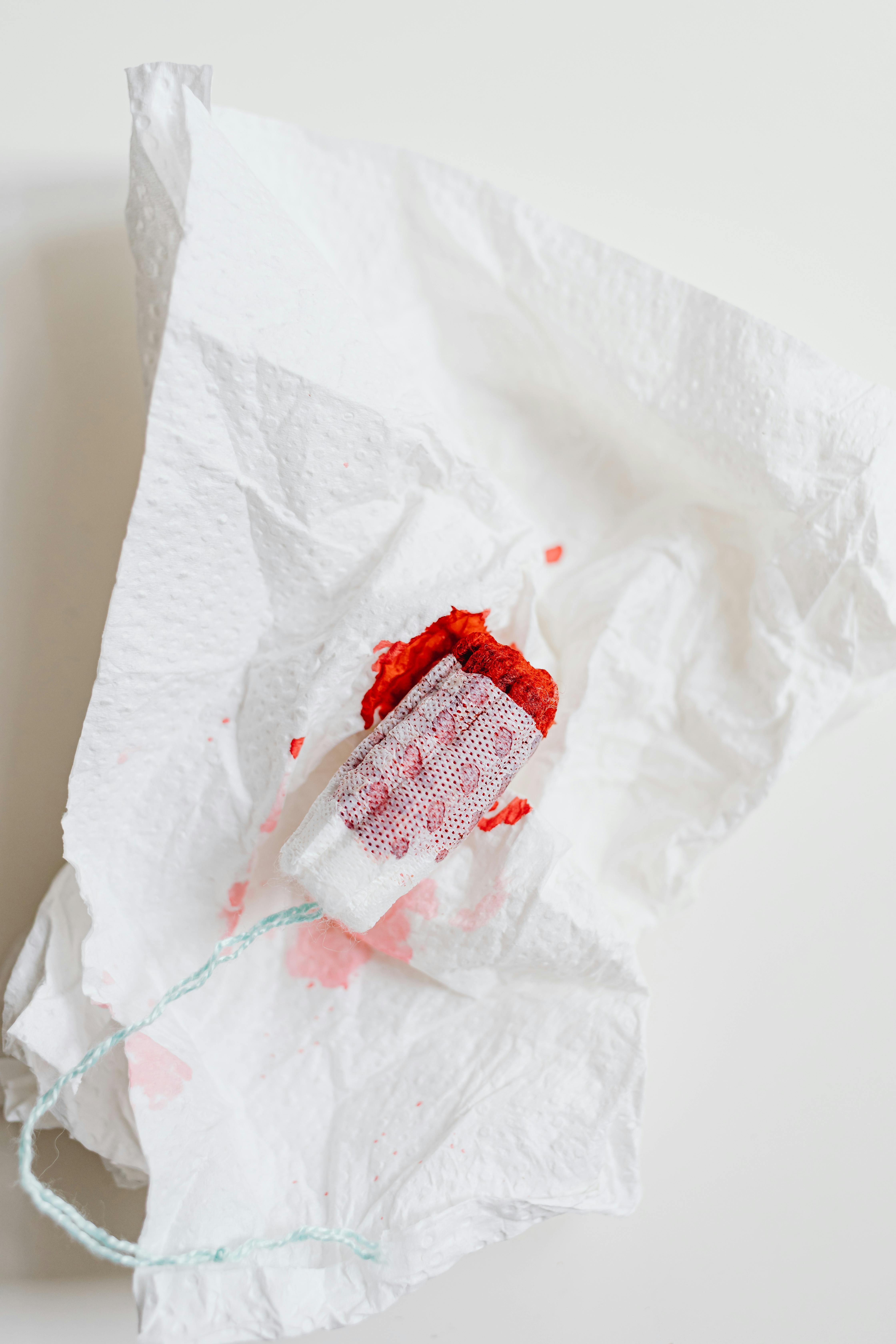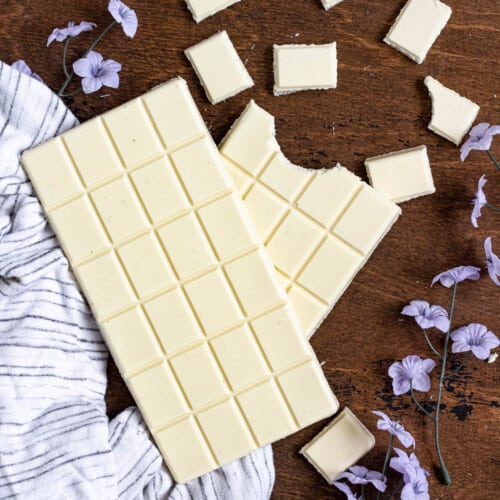Essential Guide to How to Press a Flower for Modern Creative Uses
Pressing flowers is a creative and rewarding hobby that allows you to preserve the beauty of nature in a flat form, perfect for various artistic applications. Whether you're aiming to create beautiful home decor, crafting greeting cards, or even making unique gifts, understanding how to effectively press flowers is essential. This guide outlines various flower pressing techniques, materials needed, and the creative uses of pressed flowers. You'll also gain insights into the history of flower pressing and expert tips to ensure your flowers retain their vibrant colors and delicate shapes. By the end of this article, you'll be well-equipped to embark on your own flower pressing journey and explore exciting crafting possibilities with your pressed blooms.
Key Takeaways:
- Learn different flower pressing techniques and how to preserve your favorite blooms.
- Discover creative uses for your pressed flowers, including scrapbooking and home decor.
- Gain insights into the essential tools and materials for successful flower pressing.
- Explore seasonal flower recommendations for optimum pressing results.
Essential Tools and Materials for Flower Pressing
To embark on your flower pressing journey, you need particular tools and materials that facilitate the process. Understanding what you need ensures your efforts yield beautiful results.
Tools Required for Pressing Flowers
The main tool for pressing flowers is, of course, a flower press. Flower presses can be easily purchased or homemade. A simple press consists of two flat boards and absorbent materials such as paper or cardboard to soak up moisture. For those interested in a DIY approach, you can make your own flower press using two pieces of wood, screws, and some cardboard.
Absorbent Materials and Their Importance
Choosing the right absorbent materials is crucial for effective drying. Using materials such as blotting paper or newspaper helps wick away moisture and prevent mold growth while ensuring that the flowers maintain their shape. Layering is also essential; separating flowers with absorbent sheets helps achieve even drying.
Using a Flower Press: What You Need to Know
Using a flower press involves placing the flowers between absorbent materials and tightening the press to apply even pressure. The key is to monitor the drying process, which typically takes about one to three weeks, depending on the flower type and humidity levels. Make sure to check your flowers regularly to ensure they’re drying properly.
How to Choose Flowers for Pressing
Not all flowers are suitable for pressing; therefore, knowing how to select the right blooms is crucial for successful projects. Understanding the characteristics of different flower types will significantly affect the final outcome.
Best Types of Flowers for Pressing
Some flowers naturally lend themselves to pressing better than others. Flat, thin blooms such as daisies, pansies, and violets press easily and maintain their colors. Conversely, flowers with thick petals, like peonies and tulips, may not work well. Consider the moisture content in the flowers as well; drier flowers preserve better.
Seasonal Flower Considerations
Different seasons bring various flowers into bloom, making it essential to choose wisely. Spring and summer typically yield more flowers suitable for pressing. Look for seasonal blooms such as lavender, marigold, and zinnias. Many of these can be used not only for their beauty but also for crafting and educational purposes.
Checking for Flower Humidity
Before pressing flowers, check for humidity levels as they can affect the drying process. Flowers with high moisture content might mold or decay during pressing. Harvest flowers during dry days, ideally after the morning dew has evaporated.
Techniques for Pressing Flowers
Once you have your tools and flowers ready, the next step involves employing the correct flower pressing techniques. Each method has its advantages, depending on your artistic needs.
Pressing Flowers Between Books
One of the simplest methods involves pressing flowers between the pages of a heavy book. Select a thick book and place soft paper between the pages to absorb moisture. Make sure to evenly distribute the flowers on the paper to maintain their shape. This technique is excellent for beginners and requires no specialized equipment.
Using a Commercial Flower Press
For those looking for more professional results, using a flower press specifically designed for flower preservation can be advantageous. These presses apply uniform pressure and often feature clamps for better sealing. They can accommodate various flower types and sizes, offering a wider range of creativity.
Alternative Flower Drying Methods
While pressing flowers is popular, there are alternative drying methods, such as air drying and microwave drying, that can produce different textures and appearances. Air drying works well for hanging stems, while microwave drying is quicker and retains color effectively. Experimenting with the different methods can lead to unique artistic outcomes.
Creative Uses for Pressed Flowers
Once your flowers are pressed and dry, the fun part begins: crafting beautiful projects using your preserved blooms. There are countless creative outlets for incorporating pressed flowers into your home and gifts.
Making Pressed Flower Crafts
Crafting with pressed flowers is limitless. You can create unique greeting cards, bookmarks, or paperweights by embedding pressed flowers into resin. Another popular option is creating wall art by framing your pressed designs, turning them into stunning decorative pieces for your living space.
Flower Pressing for Scrapbooking
Scrapbooking is a wonderful way to cherish memories, and incorporating pressed flowers can add an organic touch. Create themed pages by matching flowers to specific events, such as weddings or vacations, preserving a moment in time and nature.
Using Pressed Flowers for Gift-Making
Pressed flowers make for heartfelt, personalized gifts. Consider crafting handmade cards adorned with beautiful blooms or even incorporating them into gift wrap. A pressed flower gift is not only thoughtful, but it also emphasizes the beauty of nature.
Tips for Successful Flower Pressing
With all techniques and creative uses in mind, it’s essential to keep in mind several tips that will help ensure success in your flower pressing endeavors.
Common Mistakes to Avoid
Avoid common pitfalls such as overstuffing your press, which can prevent proper drying. Make sure flowers are arranged in a single layer and avoid flowers with a lot of moisture. Regularly checking for mold during the drying process is crucial, and if you discover mold, it’s best to discard the flowers and start anew.
Preserving Color in Pressed Flowers
To retain the vibrant colors of pressed flowers, it's vital to choose flowers at their peak freshness. Some colors, like reds and blues, are more challenging to preserve. Using proper drying methods and minimizing exposure to light will help maintain their vivid hues.
How to Store Pressed Flowers Properly
Once your flowers are pressed and dried, proper storage is key to maintaining their quality. Consider keeping them in a cool, dark place and using boxes or folders that prevent bending. For long-term storage, opt for airtight containers to protect against moisture and dust.

Flower Preservation and Its Historical Significance
Flower pressing has a rich history, going back to ancient civilizations who used dried flowers for various ceremonial purposes. Understanding this background enriches the experience of flower pressing.
Historical Context of Flower Pressing
Historically, pressed plants and flowers have been used to create herbarium specimens for scientific study, with some ancient texts showcasing pressed flowers for aesthetic purposes. This highlights the dual nature of flower pressing—scientific and artistic.
Modern Environmental Benefits of Flower Pressing
In our contemporary world, pressing flowers can also carry a message of environmental stewardship. It promotes the practice of using natural materials and reduces waste by bringing attention to the beauty of edible and ornamental plants. Creating art from nature emphasizes the importance of preserving our environment.
Educational Aspects of Flower Pressing
Flower pressing presents educational opportunities for children and adults alike. Whether for botany lessons or environmental science, flower pressing integrates art with education, encouraging exploration of natural specimens and fostering creativity.
Q&A Section
What are the best techniques for pressing flowers?
Two popular techniques include pressing between books and using a dedicated flower press. The choice depends on the flower type and your level of experience. For beginners, pressing between books is simple and effective, while a flower press can deliver more polished results.
How long does it take to press flowers?
The drying process usually takes one to three weeks, depending on various factors, including flower type and environmental conditions. Check them regularly to ensure they are drying correctly without developing mold.
Can I press flowers without a press?
Absolutely! You can use heavy books or place flowers under heavy objects. The key is ensuring that moisture can escape via absorbent materials, regardless of the pressing method.

Final Thoughts on Flower Pressing
Pressing flowers is an art form that not only preserves the beauty of nature but also encourages creativity. From card-making to wall art, the possibilities are endless. With the right tools, techniques, and a bit of practice, anyone can achieve beautiful results.
Start your flower pressing journey, explore different materials and methods, and let your creativity flourish! The rich history and modern applications of flower pressing make it a meaningful and enjoyable craft.
